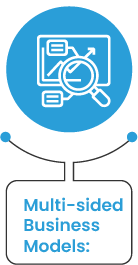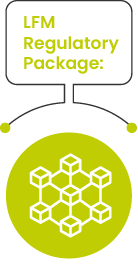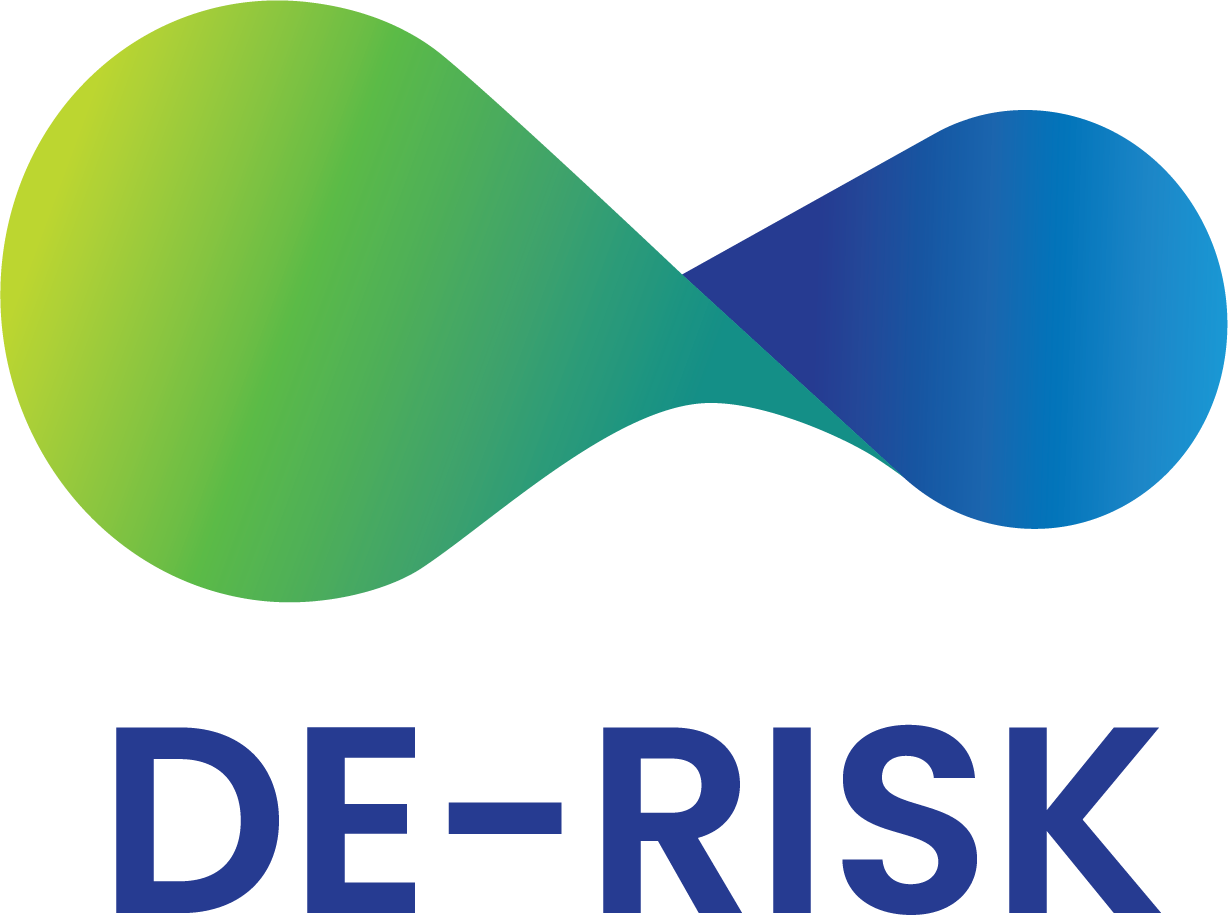Boosting the end-users active participation in the Local Flexibility Markets by deeply understanding their needs and requirements through an innovative behavioral analysismethodology, to then use the results to develop behavior change techniques and their mechanisms of action for engagement, participatory processes
and gamification.
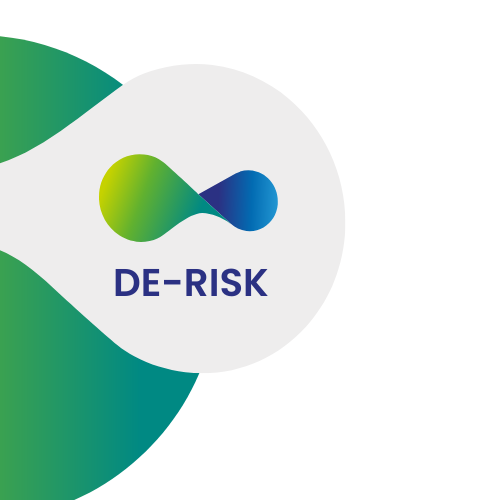
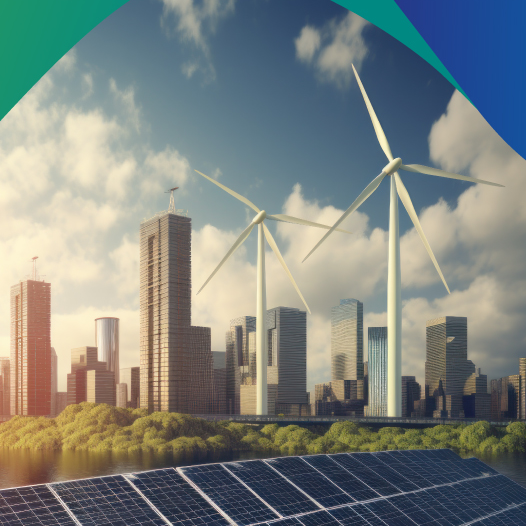
DE-RISK will support the market uptake of RES by de-risking the adoption of Local Flexibility Markets to increase the RES hosting capacity of the distribution network.

AIMS OF DE-RISK

Deploying the low cost DE-RISK digital twin automated platform to assess, validate and unlock the flexibility potential in 4 highly replicable case studies from different regions of EU as per geographical, climatic and regulatory conditions.


Bridging the regulatory gap and road mapping the local flexibility markets in different regulatory and policy frameworks and market maturity conditions starting with use cases and to ensure the seamless implementation of DE-RISK in the participating countries while informing local, national and EU policymakers through dedicated regulatory workshops.
Developing an innovative sustainable business models and financing mechanisms (crowdfunding/ lending, EPC, P2P) to de-risk the upfront investment to ensure a long-term viability and sustainability of the local flexibility markets.



